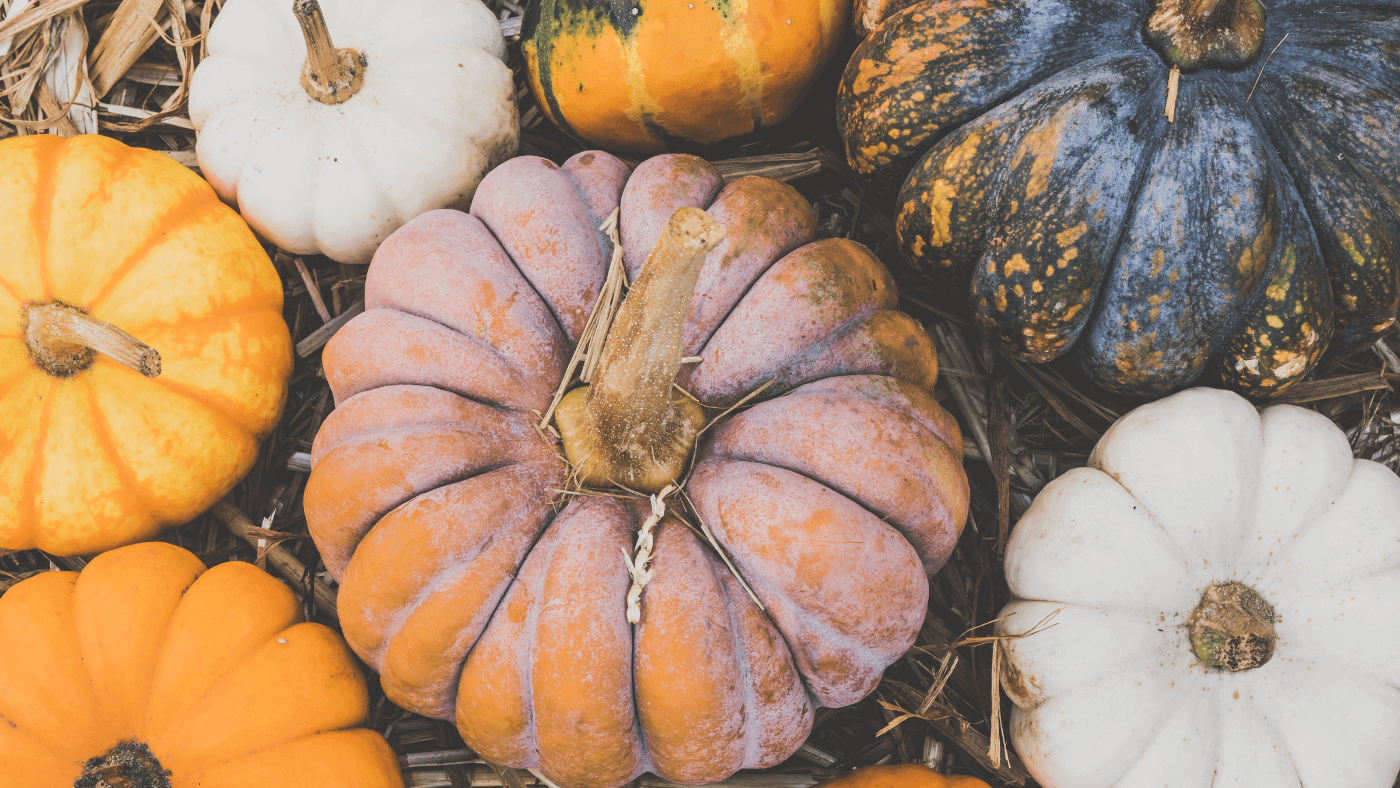A Guide to Growing Your Own Pumpkins
22nd Oct 2023

As the days get shorter and the air turns crisper, thoughts of autumn and cozy evenings by the fire begin to fill our minds. And what better symbol of autumn than a plump, orange pumpkin? Whether you're envisioning carving jack-o'-lanterns for Halloween, whipping up delicious pumpkin soup, or simply adding some festive decor to your home, growing your own pumpkins can be a rewarding and enjoyable experience. In this comprehensive guide, we'll walk you through the steps on how to grow pumpkins from seed to harvest.
Step 1: Selecting the Right Pumpkin Variety
Before you get your hands dirty, it's important to choose the right pumpkin variety for your needs. Pumpkin varieties can vary in size, colour, and taste. Common varieties for carving and decorating include Jack O'Lantern, while smaller, sweeter varieties are perfect for baking. Make sure to research the best pumpkin variety for your goals and climate.
Step 2: Preparing the Soil
Pumpkins thrive in well-drained, nutrient-rich soil. Here's how to prepare your pumpkin patch:
- Choose a sunny location: Pumpkins need at least 6-8 hours of direct sunlight daily.
- Test your soil: Use a soil testing kit to check the pH and nutrient levels. Pumpkin plants prefer slightly acidic soil (pH 6-7).
- Amend the soil: Add organic matter like compost or well-rotted manure to improve soil structure and fertility.
- Create mounds or rows: Build raised mounds or rows to improve drainage and warmth for your pumpkin plants.
Step 3: Planting Pumpkin Seeds
Pumpkins are typically planted in the spring when the soil has warmed up. Follow these steps:
- Sow seeds: Plant pumpkin seeds about 1 inch deep in the soil, with a spacing of 2-4 feet between each hill or mound.
- Water thoroughly: After planting, give the seeds a good soaking to help them settle in.
- Protect young plants: Cover the seedlings with a cloche or row cover to protect them from pests and cold temperatures until they are established.
Step 4: Caring for Your Pumpkin Plants
Growing pumpkins requires some ongoing care to ensure they reach maturity:
- Watering: Keep the soil consistently moist but not waterlogged. Deep, infrequent watering is better than shallow, frequent watering.
- Fertilising: Apply a balanced, slow-release fertiliser when the vines begin to develop. Follow the package instructions.
- Pruning: Pinch off the tips of vines once the plants have set fruit to encourage energy to go into developing pumpkins.
- Pest and disease control: Monitor your plants for common pests.
Step 5: Harvesting Your Pumpkins
Pumpkins are ready to harvest when they have reached their mature size and have a deep, consistent colour. Here's how to harvest them:
- Cut the pumpkin from the vine using sharp pruning shears, leaving a few inches of stem attached. Handle pumpkins gently to avoid bruising or damaging the skin. Allow harvested pumpkins to cure in the sun for a week to harden their skin and improve storage.
Growing pumpkins can be a fun and rewarding endeavour, whether you're planning a festive fall display or hoping to enjoy homemade pumpkin dishes. By selecting the right variety, preparing your soil, following proper planting and care techniques, and harvesting at the right time, you can cultivate your own pumpkin patch that will be the envy of your neighbourhood come autumn. So, roll up your sleeves, get out in the garden, and start growing your pumpkins today!






